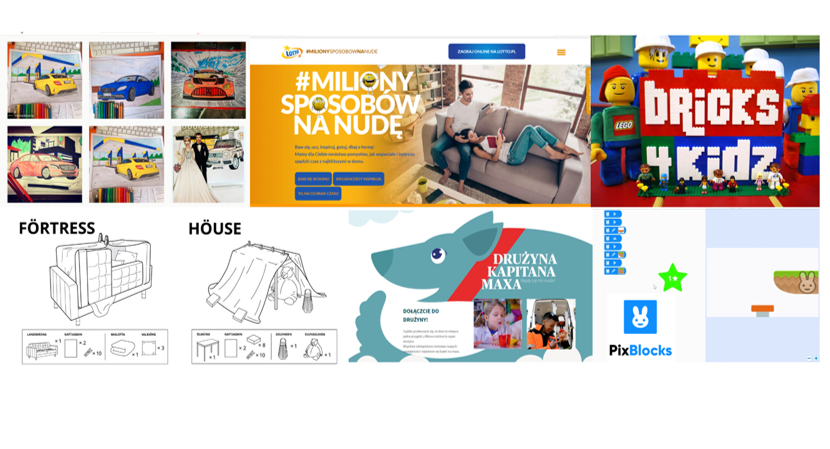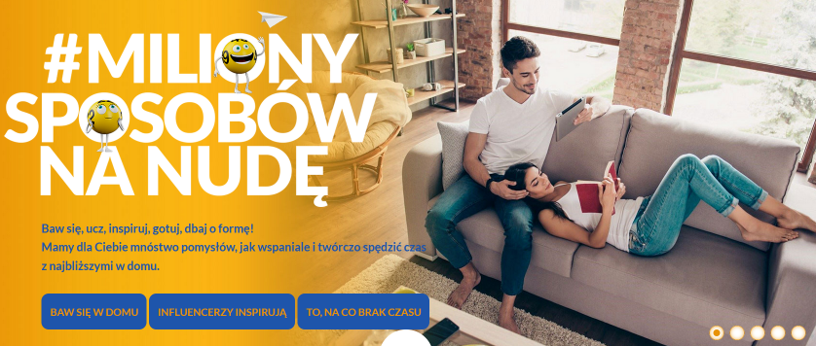The current situation is a severe problem, and such a tone dominates in communication. The main issues relate to health or the economy. Feelings and interpretations of this situation by children are set aside. If this topic appears, it is often in the “parent-centric” approach, e.g. how to organize the day when schools are closed to fit parental responsibilities with home-schooling.According to a study carried out on the initiative of Beano.com, children have been and are very aware of the problem that we have been facing in recent months. They know that it first concerned China, and then moved to Italy, Spain, the USA and other countries.
Interestingly, however, only one in 20 children declare that he or she “worries” about a pandemic. Dominant attitude is the feeling … of boredom.
Therefore, if your brand’s target is family with children, the aspect of boredom is the foundation from which we should start. The challenge is to do it creatively at the content level.
Since the beginning of the pandemic, we have observed a lot of interesting marketing and social campaigns that raise this topic, which can be classified into various needs resulting from boredom:
- Lotto has created a special website: Million ways to fight boredom.
- Bricks4Kidz cannot carry out LEGO workshops with children, so it creates one challenge for children every day, and rewards the most active.
- IKEA inspires to play with its products (i.e. how to make a house out of chairs and a blanket).
- Mercedes-Benz has created a collection of special coloring pages based on iconic models, followed by other brands.
- AXA has prepared a special portal: Captain Max’s team.
- It is also worth paying attention to the need for remote education (where the PixBlocks program is an interesting example).


